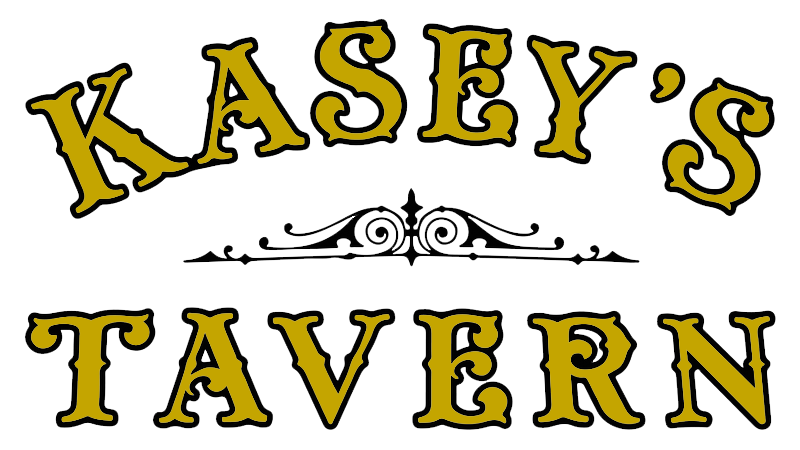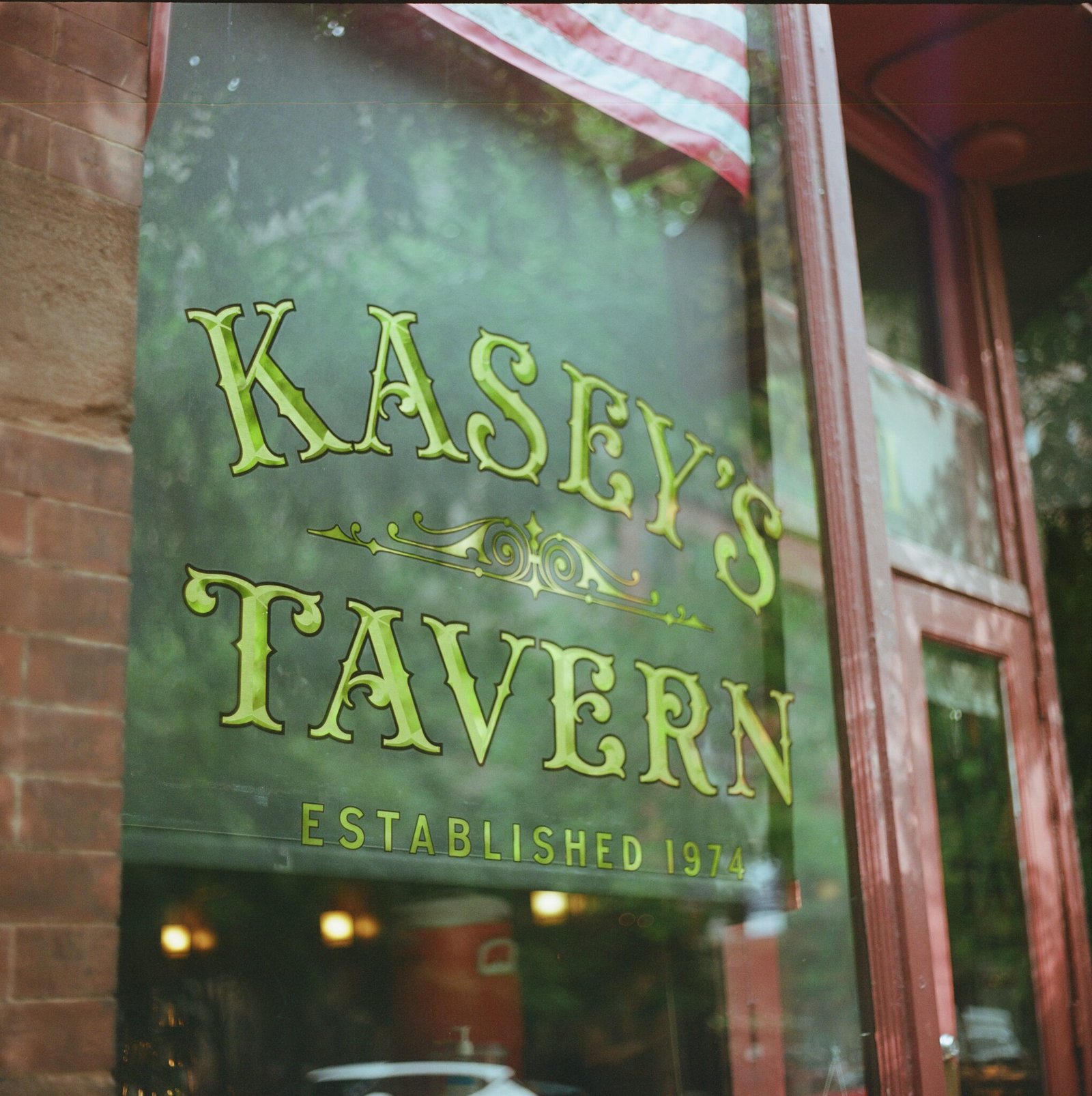A Real Chicago Neighborhood Bar
A bar of one sort or another has occupied the current location for over 130 years. The current incarnation of the establishment began in 1974 when it was purchased by Casmir “Kasey” Weglarz. Weglarz, who previously had owned and operated the Maple Lodge and Old Warsaw (the largest nightclub in the city at the time), wanted a slower pace and shorter hours as he approached his 60th birthday. He purchased what was then known as Bernie’s Lounge, a dark, smoky bar in a newly converted condominium building in one of the city’s oldest neighborhoods.
Weglarz, fanatic about cleanliness in his establishments, cleaned up the then filthy tavern, and slowly built a large, loyal following of regular customers wanted to unwind with their friends. The nature and hours of the printing business, combined with the steady decline of the industrial neighborhood, made Weglarz limit his hours essentially to daylight only, but he was able to make a good living from the steady clientele.
In 1986, Weglarz had passed his 70th birthday and was amenable to slowing down. He was approached by William White to sell controlling interest in the business, and after lengthy negotiations agreed to do so. Weglarz had seen the primarily industrial neighborhood change through gentrification, with more and more of the print shops being converted to house young, upwardly mobile professionals, artisans and families.
White saw excellent potential in the changes in the neighborhood and moved to exploit it. With Weglarz staying on during the daytime and White behind the bar at night, the clientele of the tavern slowly began to grow and took on two distinct identities. During the day, the same regulars came in as always: pressmen, printers, salesmen, technicians and other workers from the surrounding neighborhood, eager for a quiet drink in an unpretentious tavern. At night the new residents began discovering the authentic character of a true blue collar corner bar. Particularly appealing was the fact that even though the bar was rustic and old, it was always clean and inviting.
During the course of this period, White made several leasehold improvements and other changes that subtly contributed to the atmosphere of the bar without alienating the establishment’s bedrock clientele. White’s philosophy of courting the regular daytime customers while building an additional nighttime clientele has slowly paid off. Daytime customers are confident that the new management has not and will not “sell out,” and night time customers are assured that they are experiencing the “real McCoy.”

